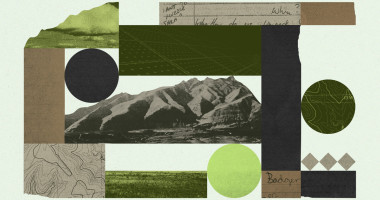Mexico confirms some Mayan ruin sites are unreachable because of gang violence and land conflicts (apnews.com)
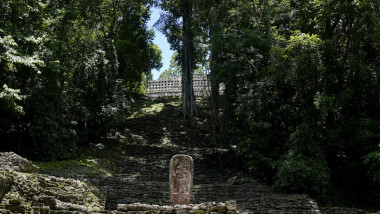
This magazine is from a federated server and may be incomplete. Browse more on the original instance.

Archaeologists have combined DNA analysis with the study of pottery to examine the spread of broomcorn millet across Eurasia, revealing how regional culinary traditions persisted even as new crops were introduced.
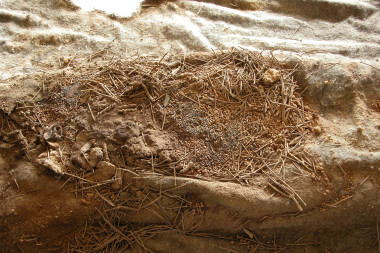
Two trails of ancient human footprints pressed into a beach in Morocco form one of the largest and best-preserved trackways in the world....

Archaeologists have found hundreds of preserved artefacts within the remnants of the HMS Erebus nearly two centuries after it sank in Arctic Canada....
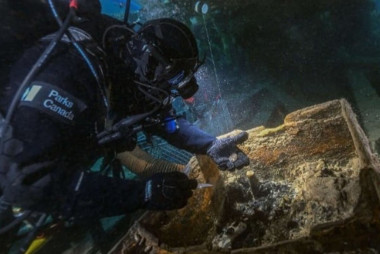

Tens of thousands of years ago, prehistoric humans in Europe adorned themselves with such a wide variety of beads that researchers have classified nine distinct cultural groups across the continent based on their location and distinctive styles....

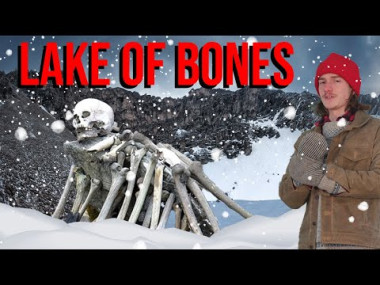
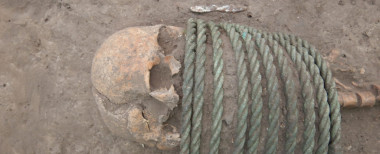
Last summer, archaeologists from Gothenburg University and Kiel University excavated a dolmen, a stone burial chamber, in Tiarp near Falköping in Sweden. The archaeologists judge that the grave has remained untouched since the Stone Age. First analysis results now confirm that the grave in Tiarp is one of the oldest stone...
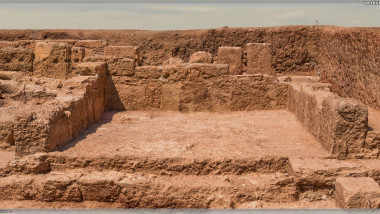

An enormous tsunami with gigantic waves reaching 20 meters submerged large parts of northern Europe and may have wiped out populations of people in Stone Age Britain, a new University of York study has discovered....

Tucked away in rock shelters in the secluded northern mountains of Luzon in the Philippines, the Kabayan “fire” mummies lie at rest....

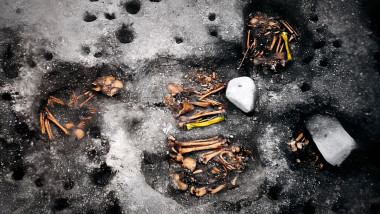
onlinelibrary.wiley.com/doi/epdf/…/jqs.3586


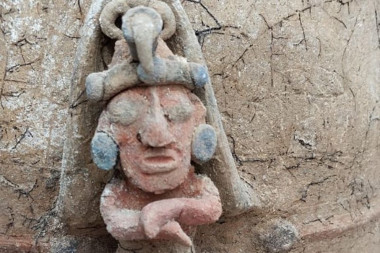
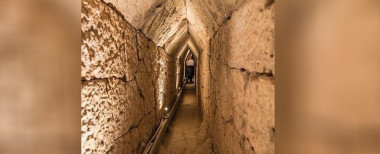
Inscription on knife discovered by archaeologist in grave on island of Funen spells hirila, which means ‘little sword’...

In the autumn of 2021, an 800-page report crossed the desk of Washington state lands archaeologist Sara Palmer. It came from an energy developer called Avangrid Renewables, which was proposing to build a solar facility partly on a parcel of public land managed by the state. Palmer was in charge of reviewing reports like these,...
